Simplifying the Online Employee Onboarding Process in Park Agencies
Let's Talk Parks
AUGUST 22, 2021
Employees were scattered across town – pools, camps, parks, and recreation centers many miles away- and I didn’t want to send them another email that gets buried in their inbox. While I’m a certified park nerd (trademark pending), I wouldn’t recommend learning code for developing your intranet. We’ll get to that in a minute.


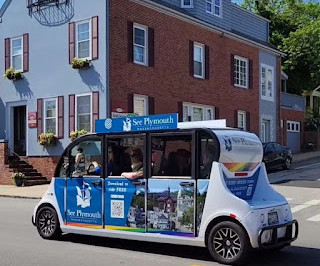

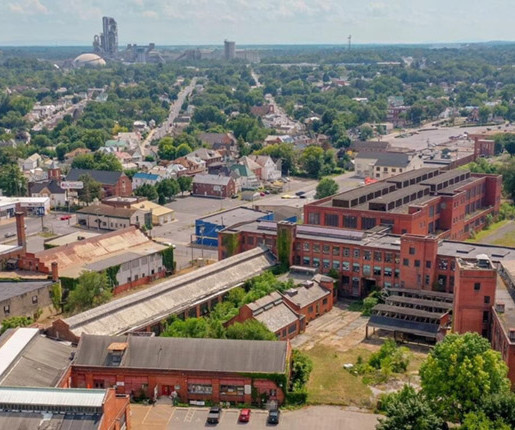
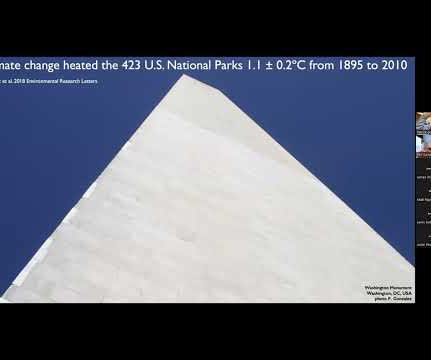
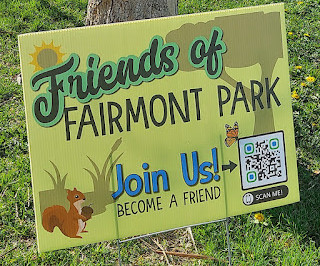
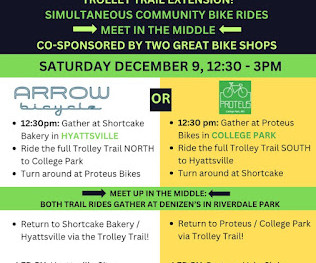
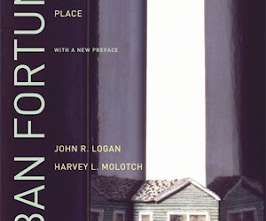
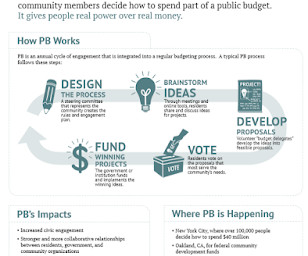

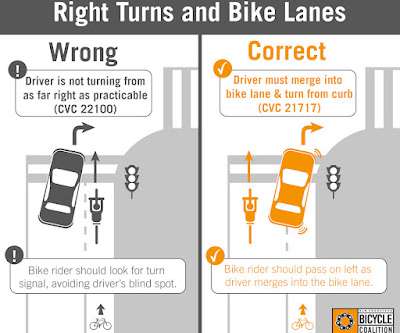






Let's personalize your content